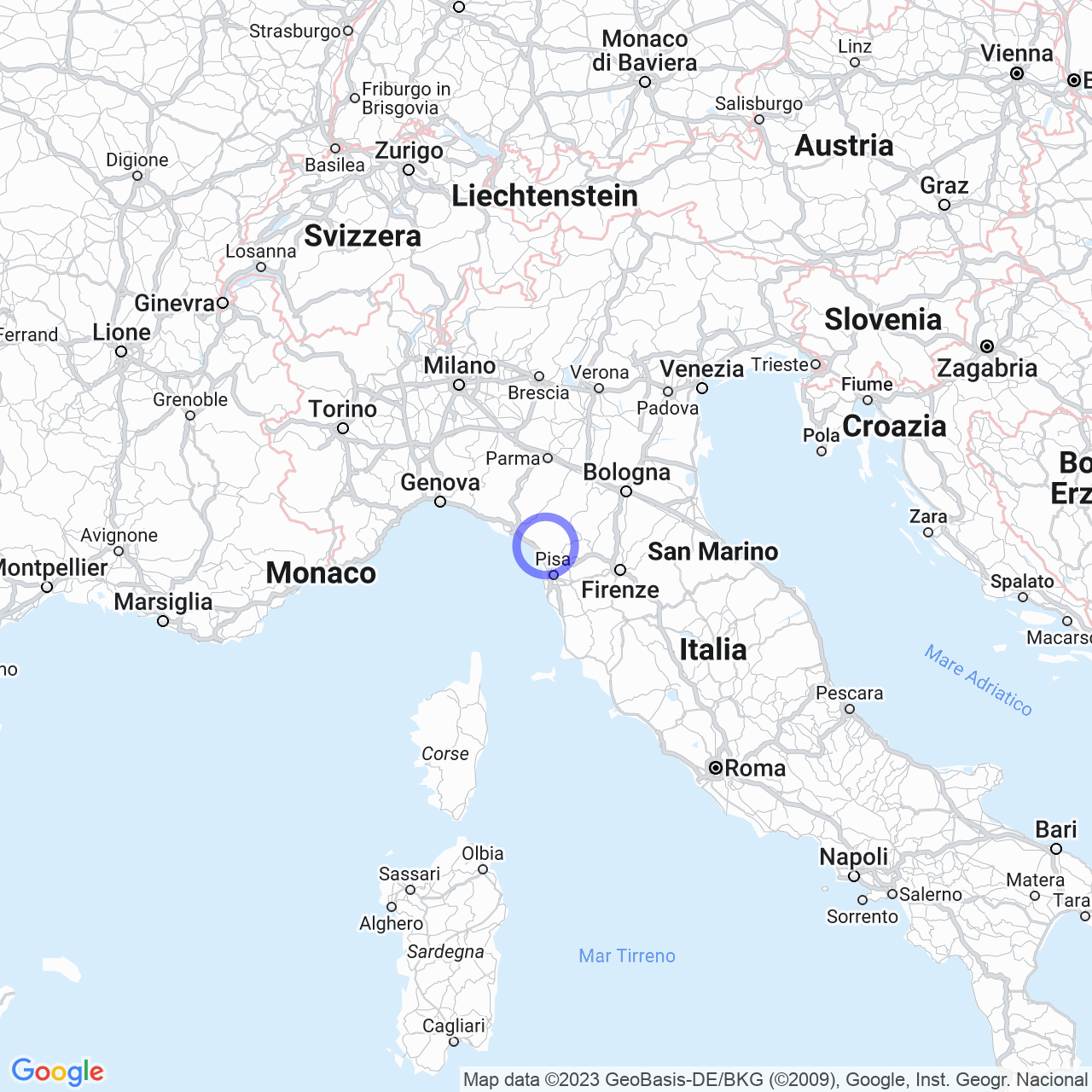Pruno
Discover Pruno: a charming village nestled between mountains and sea
Pruno is a beautiful hamlet located in the Tuscan region of Italy, in the province of Lucca. Situated within the Natural Park of the Apuan Alps, it is an ideal place for nature and mountain enthusiasts. In this article, we will explore the village's attractions, monuments, and places of interest.
Physical geography
Pruno is situated amidst the southern Apuan Alps at an elevation of 444 meters above sea level. Despite its panoramic location, the village is not far from the tourist destinations of the Versilia coast, such as Marina di Pietrasanta and Forte dei Marmi. However, the tranquillity of this small village, which is home to around 115 residents, gives visitors a sense of being far away from the chaos of metropolises.

The village
The panoramic view of Pruno is enchanting, with the majesty of Mount Forato, Mount Nona, and Mount Procinto providing the perfect backdrop for a picture-postcard landscape. Pruno is also famous for the solar effect that can be viewed during the summer solstice, when the sun passes through the natural arch of Mount Forato. Throughout the year, the village offers cultural activities, literary and poetry meetings, art exhibitions, and tourism initiatives with particular attention to the environment and the special gastronomic features of the region.
The name of the village, Pruno, comes from the Latin term "prunulus," meaning "spiny plum." Its buildings are not fortified, leading to the belief that the village was founded in Roman or pre-Roman times. Its urban structure is fish-shaped, with the original entrance to the village located near the church with ramps and steps. The original nucleus of the village may come from the term "pagus," meaning pre-existing "village," structured with zig-zagging alleys, ramps, and small squares. Moreover, Pruno is famous for its live nativity scene, which was set up in the village until a few years ago, on December 24th to showcase the life of the village to guests.
Monuments and places of interest
The church
The church of Pruno is of great historical and aesthetic interest. It is located on a hill overlooking the village, but visually connected to Volegno and the rest of the valley. This suggests that the church, in Roman or pre-Roman times, incorporated a "compitum," meaning a "chapel" or "altar." The Romanesque parish church, dating back to the 13th century, was expanded to three aisles in 1614. Between 1696 and 1707, the white marble altar and its three related statues were made by the sculptors Andrea Andreolli and Tommaso Baratta. The baptismal font, on the other hand, dates back to the 13th century. The three flights of stairs around the bell tower are undoubtedly an interesting feature of the church, besides providing a spectacular panoramic view.
Other places of interest
Aside from the church, there are many other places of interest in Pruno. A short distance from the village is the famous Pania della Croce, which offers a breathtaking view of Tuscany and the sea. There are also numerous hiking trails that start from Pruno, allowing visitors to explore the natural beauty of the Apuan Alps. The hamlet of Cardoso, near Pruno, is also famous for the Antro del Corchia Cave, one of the most extensive and interesting limestone formations in Europe.
In conclusion, Pruno is a beautiful village surrounded by the Apuan Alps, with a panoramic view around every corner and places of historical and naturalistic interest. Despite its small size, there are many activities that attract tourists, such as mountain hikes, visits to the church and Pania della Croce. If you are planning a trip to Tuscany, do not miss the opportunity to visit Pruno, as it will surely remain in your memory as a magical and charming place.
